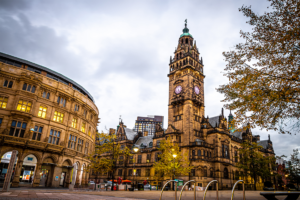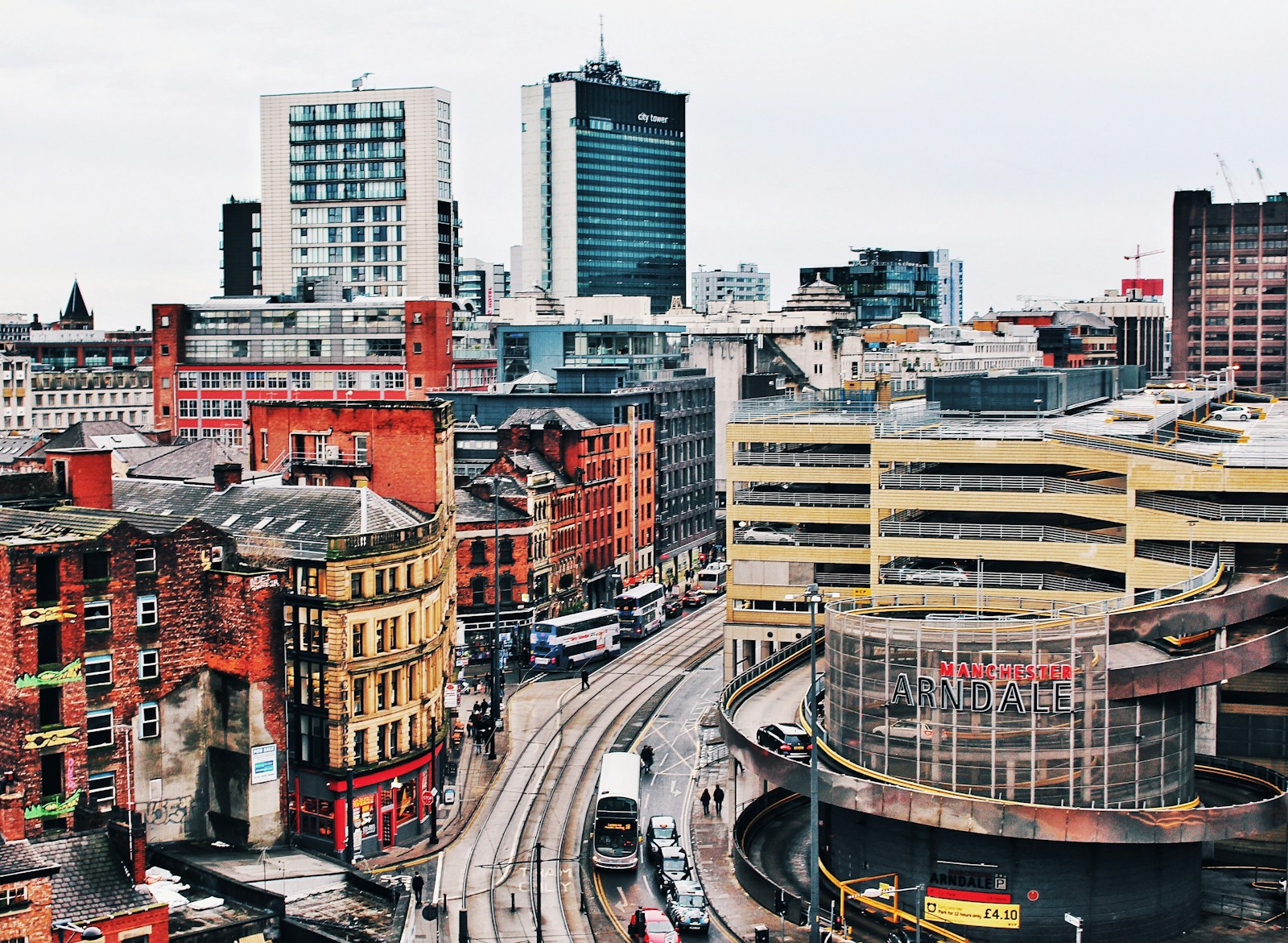As more towns face economic challenges from the decline of retail and high streets, cultural-led regeneration has proven to be a powerful tool in revitalising local economies. However, waiting for top-down initiatives isn’t always enough. Communities can—and should—play a proactive role in driving these changes, while local councils need to adopt strategies that facilitate and stimulate cultural and creative development. This article explores how communities can take the lead and what local councils can do to support them in fostering cultural-led regeneration.
How Communities Can Be More Proactive
Start with Grassroots Initiatives Grassroots movements are often the driving force behind cultural regeneration. In many success stories, such as in Margate or Sheffield, communities have rallied around local assets or started small projects that grew into something bigger. Residents can begin by organising local festivals, pop-up markets, or art events. These events can breathe new life into public spaces and draw attention to the potential for larger regeneration projects.
For example, in Margate, local artists and entrepreneurs were instrumental in creating pop-up galleries and street festivals even before the larger Turner Contemporary project took off. Communities should identify what makes their town unique—whether it’s local talent, history, or geography—and build events that highlight these assets.
Collaborate with Local Artists and Creatives Communities should build strong relationships with local artists, performers, and creatives. By giving creatives a platform to showcase their work, towns can transform empty spaces into vibrant hubs of activity. This could include offering free or low-cost gallery space, holding exhibitions, or organising street performances. Encouraging the creative sector to take ownership of public spaces can lead to a natural regeneration of those areas.
Additionally, communities can collaborate with artists to create public art installations or murals that turn bland areas into engaging visual experiences. This not only beautifies the town but also instills a sense of pride and ownership among residents.
Advocate for Cultural Investment Communities can play an advocacy role by lobbying local councils to allocate funding or attract investment for cultural regeneration projects. Petitions, public forums, and local activism can put pressure on decision-makers to take cultural projects seriously. Engaging with councillors, attending public meetings, and working with local media to highlight the importance of cultural initiatives are effective ways to ensure that cultural regeneration becomes a priority.
Form Local Trusts or Cooperatives One way communities can proactively lead regeneration is by forming local trusts or cooperatives. These entities can pool resources to purchase or lease empty buildings, converting them into cultural or community spaces. In Coventry, the Historic Coventry Trust took over a series of heritage buildings, which are now used for various cultural activities, community markets, and workshops. These efforts can keep cultural and economic benefits local, rather than allowing profits to leave the community.
What Local Councils Can Do to Stimulate Cultural-Led Regeneration
Identify and Unlock Underutilised Spaces Local councils should begin by identifying vacant or underutilised buildings and spaces that could be repurposed for cultural activities. Often, town centres are dotted with empty retail spaces or disused public buildings that could be transformed into creative hubs, galleries, or event spaces. Councils can offer incentives such as discounted rent or grants to local businesses and artists willing to take on these spaces.
For example, Sheffield City Council’s acquisition of key buildings as part of their Heart of the City project has turned vacant shops into creative spaces that serve as anchors for regeneration. By unlocking these spaces, councils can create the conditions for local creatives to thrive and draw visitors into town centres.
Facilitate Public-Private Partnerships Regeneration projects often require significant investment, and local councils can play a crucial role in bringing together public and private stakeholders. Public-private partnerships allow councils to leverage private sector investment while ensuring that the public interest is served. For instance, in Liverpool, the revitalization of the Baltic Triangle area was made possible through collaboration between the city council, developers, and local entrepreneurs.
Councils should actively seek out developers and investors who are willing to prioritize cultural and social outcomes over purely financial returns, creating long-term plans for mixed-use developments that blend culture, business, and community.
Offer Grants and Funding Opportunities Councils can stimulate cultural regeneration by offering grants or matching funding for community-led initiatives. These grants could support everything from public art projects to local festivals, giving communities the resources they need to create immersive experiences that bring life back to town centres.
In some cases, local authorities may also be able to tap into national or regional funding schemes aimed at regeneration. For example, the UK Government’s Future High Streets Fund has supported many cultural regeneration projects that integrate arts, culture, and leisure to boost town centre vibrancy.
Involve the Community in Planning and Decision-Making Cultural-led regeneration thrives when the community feels ownership over the process. Councils should establish participatory planning processes that allow residents to shape the vision for their town centre. By setting up community advisory boards, holding public consultations, or even involving local residents in design competitions, councils can ensure that regeneration plans align with the needs and desires of the community.
This collaborative approach can build trust and engagement, ensuring that cultural regeneration projects are not seen as imposed from above but as truly reflective of the community’s identity and aspirations.
Support and Promote Cultural Events Councils should take an active role in supporting and promoting cultural events that engage the local population and attract visitors. This can be done through marketing campaigns, logistical support (such as providing public spaces or offering security for events), and funding. Events like Light Night Leeds and Liverpool Sound City show how immersive experiences can draw crowds and revitalise town centres.
Conclusion: A Joint Effort for Success
For cultural-led regeneration to succeed, both communities and councils must play active, collaborative roles. Communities can drive grassroots initiatives, advocate for investment, and create local trusts, while councils can unlock spaces, foster partnerships, and provide vital funding. Together, they can create environments where culture thrives and the experience economy flourishes, ensuring sustainable growth and revitalisation for towns and cities across the UK.
By combining local passion with strategic investment, many more places could follow in the footsteps of towns like Margate, Liverpool, and Leeds, turning their high streets into thriving hubs of culture, creativity, and commerce.
Related Content

Spotlight: Sheffield’s Town Centre Revitalisation
Immersive Experiences at the Core of Mixed-Use Projects In recent years, Sheffield has emerged as a pioneer in regenerating its town centre through an emphasis on immersive, experience-based projects. Faced with declining retail and empty buildings, the city has taken bold steps to transform its high street into a thriving



